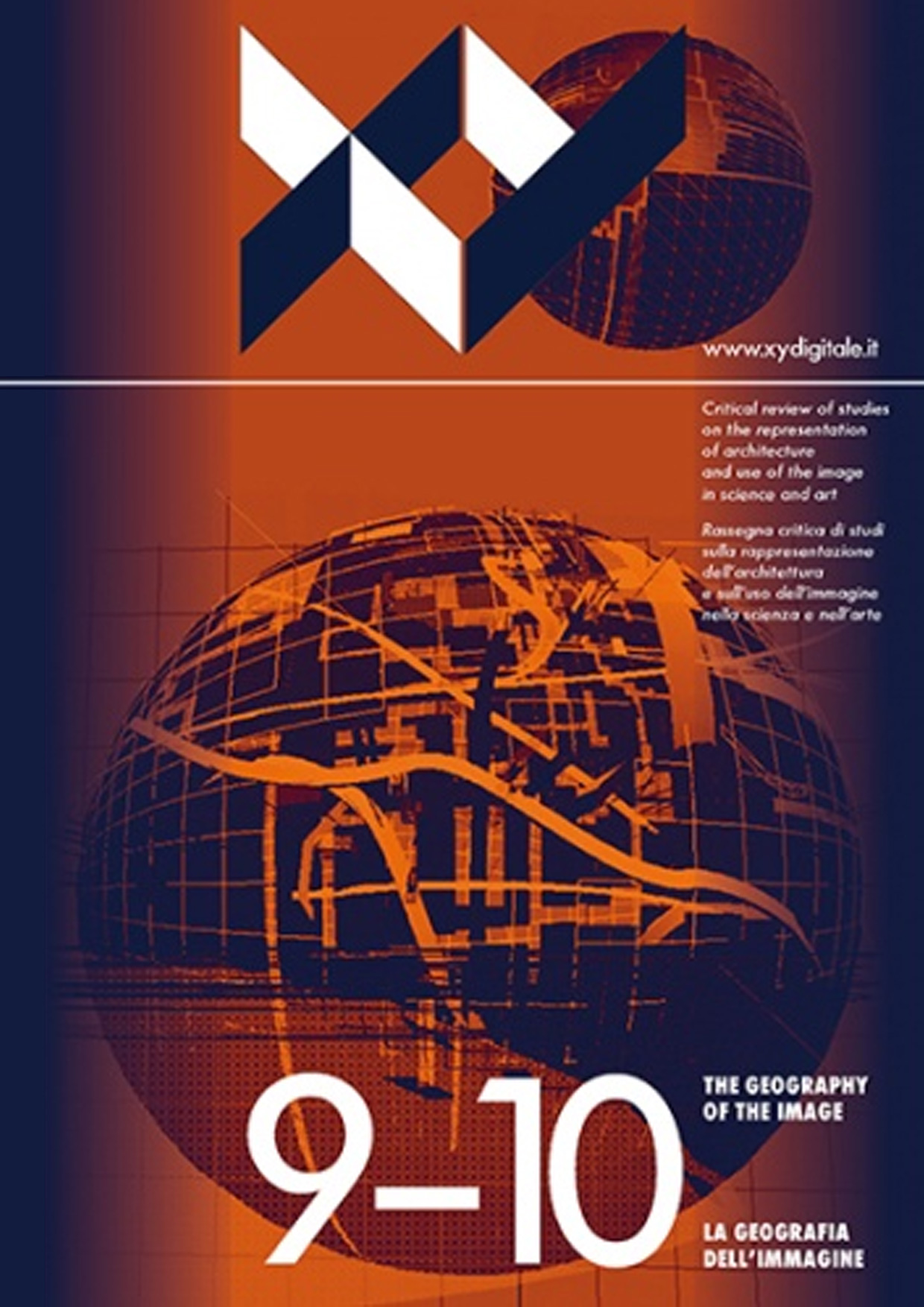Il concorso per l’immagine di copertina
DOI:
https://doi.org/10.15168/xy.v5i09-10.183Abstract
A chiusura del numero, la rivista pubblica tutte le proposte ricevute per l’immagine di copertina e ringrazia gli autori che hanno aderito al concorso “La geografia dell’immagine”.
Richiesta di contributi ‒ Nell’attuale “condizione globale” in cui si trova l’umanità l’immagine ha assunto un ruolo fondamentale nel governare i media e nel creare nuove mitologie che danno vita a modelli comportamentali profondi: esiti diversi di varie linee evolutive segnate dalla storia. Tale ruolo è evidente nella cultura occidentale ma anche in altre culture, segnatamente in quella orientale che propone oggi spazi comunicativi alternativi, densi di suggestioni fantastiche. La collocazione geografica di tali molteplici modi di articolarsi delle immagini dà luogo a una zonizzazione del pianeta in “zolle rappresentative” distinte che si scontrano lungo frontiere assimilabili a faglie, dove si producono “terremoti concettuali e visivi” che agiscono in un continuo confronto di continuità, discontinuità, assonanze e differenze. Indagare questa “geografia dell’immagine” attraverso opportune mappe tematiche che descrivano l’articolarsi nello spazio, ma anche l’evoluzione nel tempo, può fornire una nuova chiave di lettura, teorica e operativa, delle trasformazioni dei paesaggi, delle città e degli edifici, ma in fondo anche dei modi di essere delle genti che li popolano. Mappe spazio‒temporali quindi, per capire a fondo anche la storia dei modelli figurativi usati dalle diverse civiltà. La rivoluzione indotta dalla pandemia del 2020 non potrà non avere un ruolo in questo senso: è certo che le mutazioni che produrrà nella vita umana, in ogni angolo del pianeta, diventeranno molto importanti e in buona misura forse irreversibili. Con il mutare delle azioni, dei luoghi, dei gesti e in genere di tutto il comportamento sociale, cambieranno necessariamente anche le immagini che li rappresentano e i modi di costruirle. È lecito prevedere che le forme visuali usate nei vari contesti culturali non solo cambieranno rapidamente e profondamente, ma si articoleranno anche in flussi direzionali la cui distribuzione geografica oggi è imprevedibile. Saranno flussi di idee, simboli e modelli che segneranno le dinamiche territoriali di nuove “migrazioni”: forse le più globali della storia, capaci di segnare nuove “frontiere figurative”; frontiere che potranno poi rivelarsi inutili e di cui, potendo e volendo, magari ci si augurerà di fare a meno.


